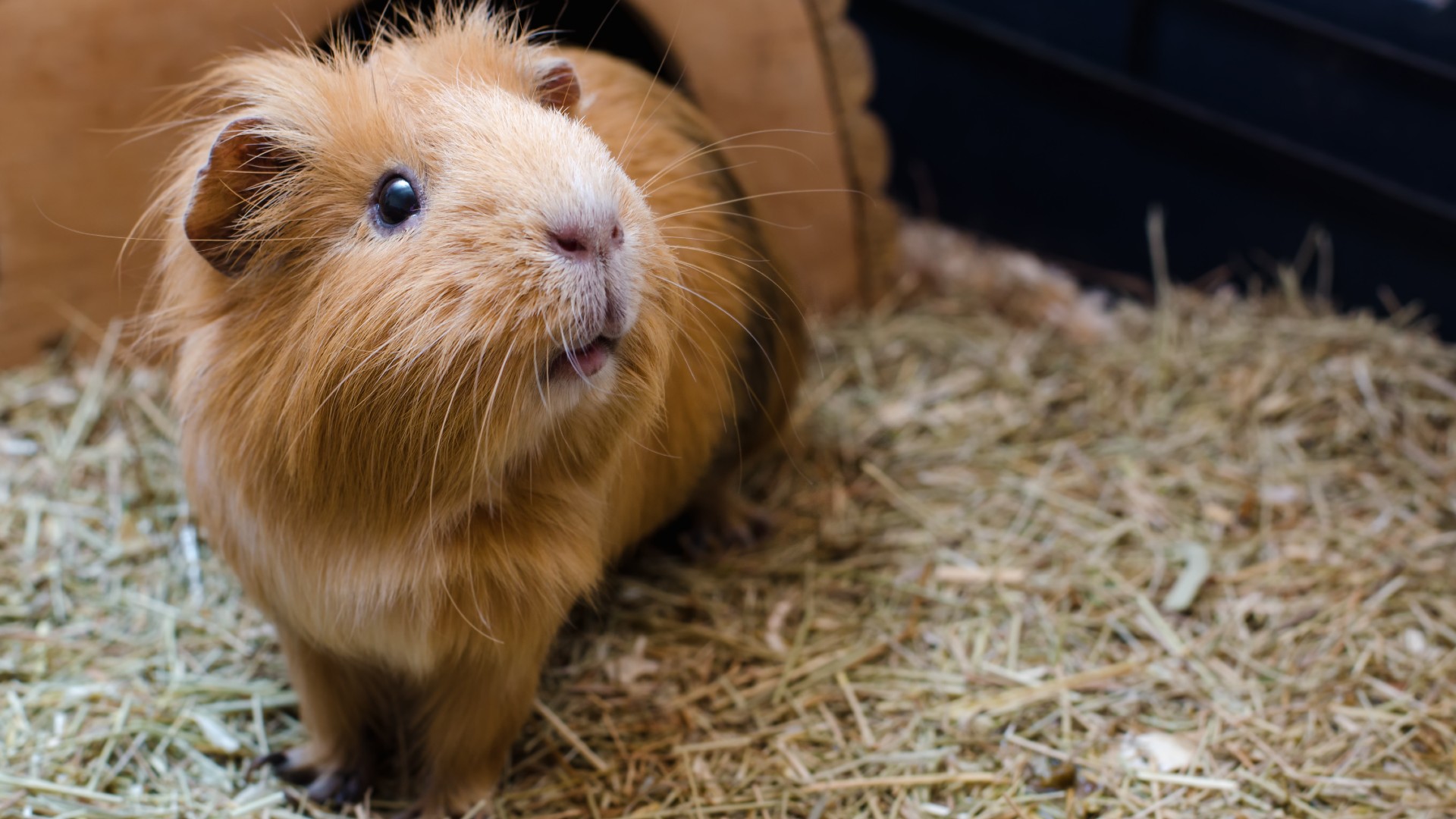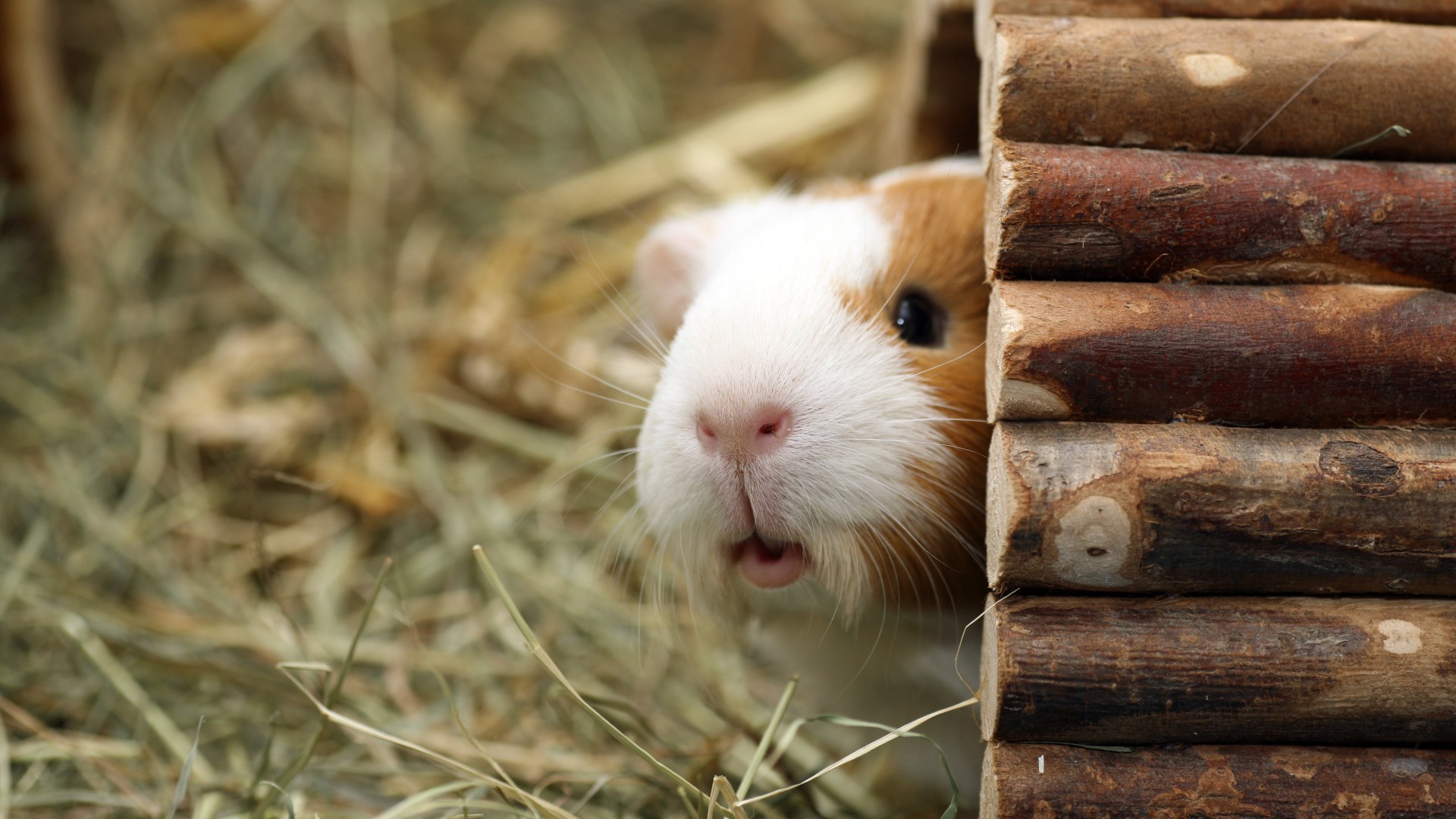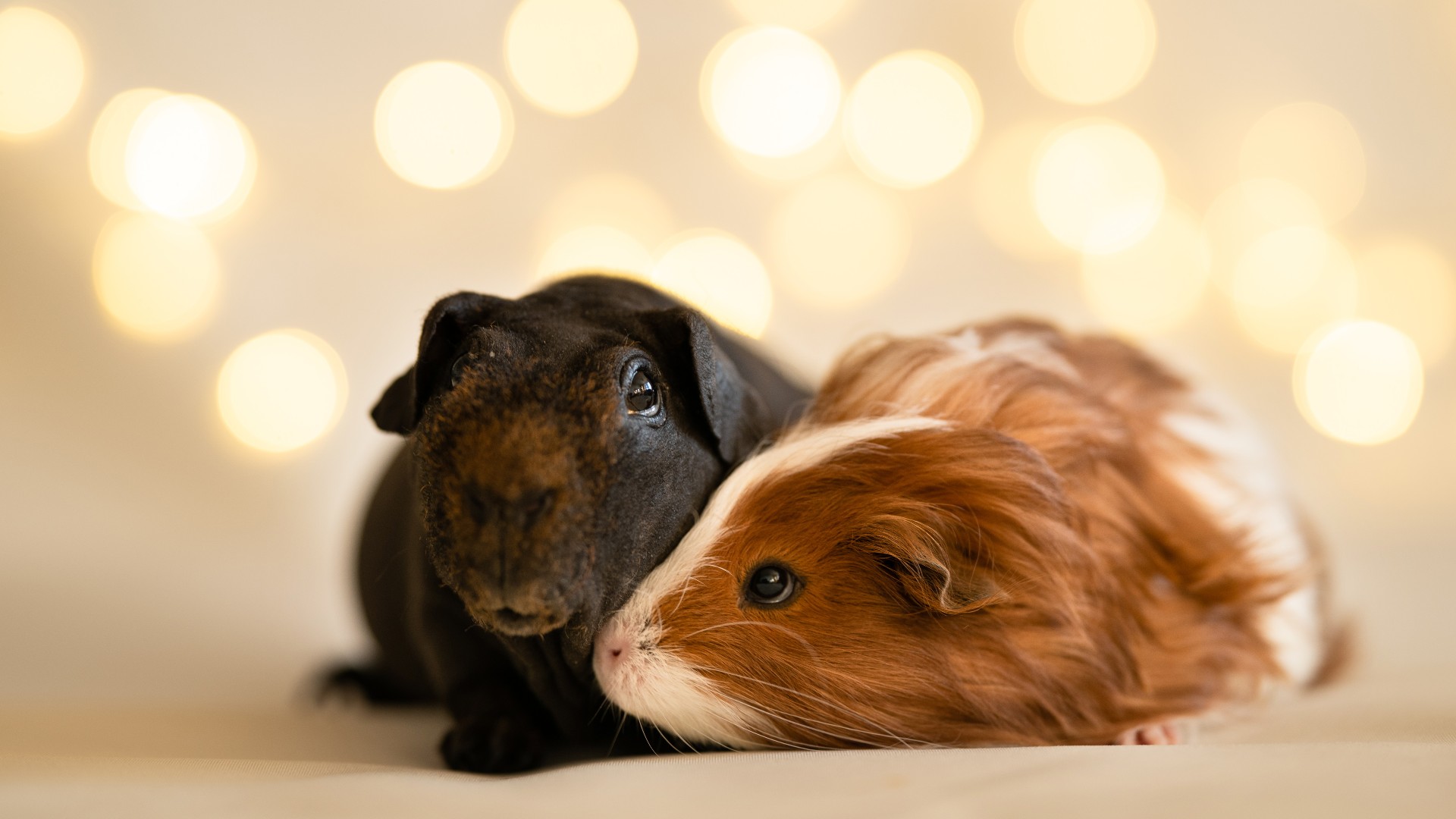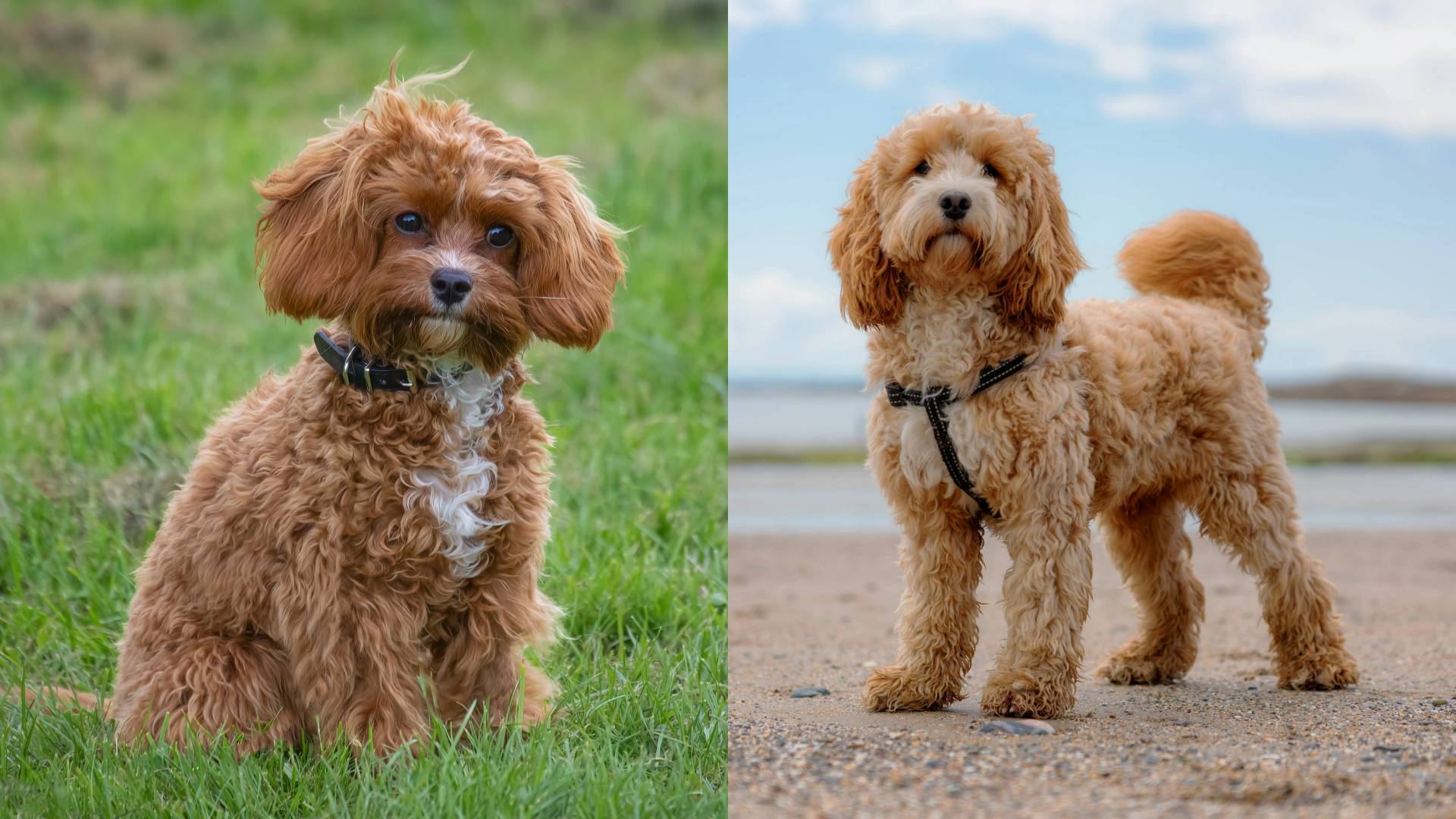Can guinea pigs see in the dark? Guide to guinea pig vision
Can guinea pigs see in the dark or do they stumble around as much as we do when the lights go out? We reveal the answer....

Can guinea pigs see in the dark? If you’ve ever got up in the middle of the night and found yourself tripping over things as you stumbled your way to the bathroom half asleep, then it’s likely you’ve found yourself wishing for better night vision!
But what about our little fur friends? When they’re lazing about on their bedding in the middle of the night, can they see what’s going on around them once darkness descends?
The question of who can see what in the dark is a tricky one to answer given that vision very much exists on a spectrum. Humans, for example, can see in the dark to some degree once their eyes have adjusted but with nowhere near as much clarity as a cat. While it’s believed that guinea pigs can’t see in the dark, that’s not the end of the story.
After all, if our cavie friends are truly unable to see anything, how on earth do they manage to navigate their way effortlessly around their cage when it’s pitch black?
Below, we reveal everything you need to know about a guinea pig vision, including whether they can see anything at all, how their eyes work and what exactly enables them to do so well in the dark if their eyesight is as poor as science suggests it is. Let’s dive in….
Can guinea pigs see in the dark?
When you see and hear your guinea pig squeaking and scuttling about at night, you’d be forgiven for thinking that they have no problem seeing in the dark. But the truth is, guinea pigs actually have very poor vision - both at night and during the day.
Given that guinea pigs used to live in the wild before they were domesticated, it’s safe to assume that they do have some form of night vision as otherwise they simply wouldn’t have survived.
That’s because piggies are neither nocturnal (like bats) nor diurnal (like most humans) but instead are classified as crepuscular which means they like to have periods of activity and sleep during both daytime and nighttime.
If they couldn’t see when darkness descended, they would have fallen prey to predators and quickly become extinct. There’s no denying, however, that what they can see is limited, so how do they manage to move through the world with such ease?

How do guinea pigs navigate their way around?
We humans rely primarily on our sense of sight in order to get around. Although we also have touch, hearing, smell and taste, these have all been developed with quite specific purposes in mind and are not particularly helpful when it comes to assisting us in moving about in the dark.
The same isn’t true for our little piggie friends who have extremely sharp hearing and a refined sense of smell and touch that mean they are far less reliant on their vision to get around.
While guinea pigs do have a wider visual field that gives them a 340-degree view of the world, their depth of perception isn’t good - which is where their other well developed senses come in handy.
First up, our fur friends have a sophisticated sense of whiskers that are highly sensitive. When they’re moving about at night, a guinea pig uses its whiskers to measure the width of openings and detect the shape of the path in front of them.
If you were to put your piggie into a new hutch or place new objects in their current living environment, you’d soon notice them fanning out their whiskers to help them gather more information about the size and texture of everything around them.
Their sense of smell is also acute and this enables a guinea pig to easily locate their food and water bowls at night. They will also use smell as a way of gathering information about their fellow piggie friends and use this as a form of communication.
Finally, an incredible spatial memory is perhaps the guinea pigs’ ultimate superpower with these little guys being able to easily remember where their food, sleep space, toys and food and water bowls are.
Piggies have an amazing ability to remember landmarks, corners, and distances between objects and this enables them to move about quickly and effortlessly regardless of the time of day.
Do guinea pigs need light at night?

Because of the trifecta of adaptations discussed above (touch, smell and spatial memory) guinea pigs have no problem getting about at night and don’t require a light to help them see.
In fact, while leaving a light on for your fur friend when you go to bed may feel like a thoughtful thing to do, this can actually disrupt their body clock causing them confusion over whether it’s night or day, which can be harmful to their health.
Can guinea pigs see color?
If you're curious about your little critter's night vision, then you might also be interested to know whether or not they are able view the world in color. Well, the answer is yes, guinea pigs do see in color and can in fact tell the difference between reds, greens and blues. Some studies even suggest that guinea pigs are sensitive to the colors green or red.
However, while they do have much better color vision than other rodents, they also don't have the best depth perception and can be prone to accidents within their habitat due to not being able to tell how far away some objects are.
Do guinea pigs like the dark?
If you’ve ever heard your guinea pig scuttling about at night, you’ll know that they’re perfectly content in the dark. While they will nap at all times of day, they tend to sleep for slightly longer periods during the darkest hours. Although scientists aren’t 100% clear on why this is, it’s likely due to the darkness making them feel safer and more protected.
PetsRadar Newsletter
Get the best advice, tips and top tech for your beloved Pets

Kathryn is a freelance writer who has been a member of the PetsRadar family since it launched in 2020. Highly experienced in her field, she's driven by a desire to provide pet parents with accurate, timely, and informative content that enables them to provide their fur friends with everything they need to thrive. Kathryn works closely with vets and trainers to ensure all articles offer the most up-to-date information across a range of pet-related fields, from insights into health and behavior issues to tips on products and training. When she’s not busy crafting the perfect sentence for her features, buying guides and news pieces, she can be found hanging out with her family (which includes one super sassy cat), drinking copious amounts of Jasmine tea and reading all the books.
